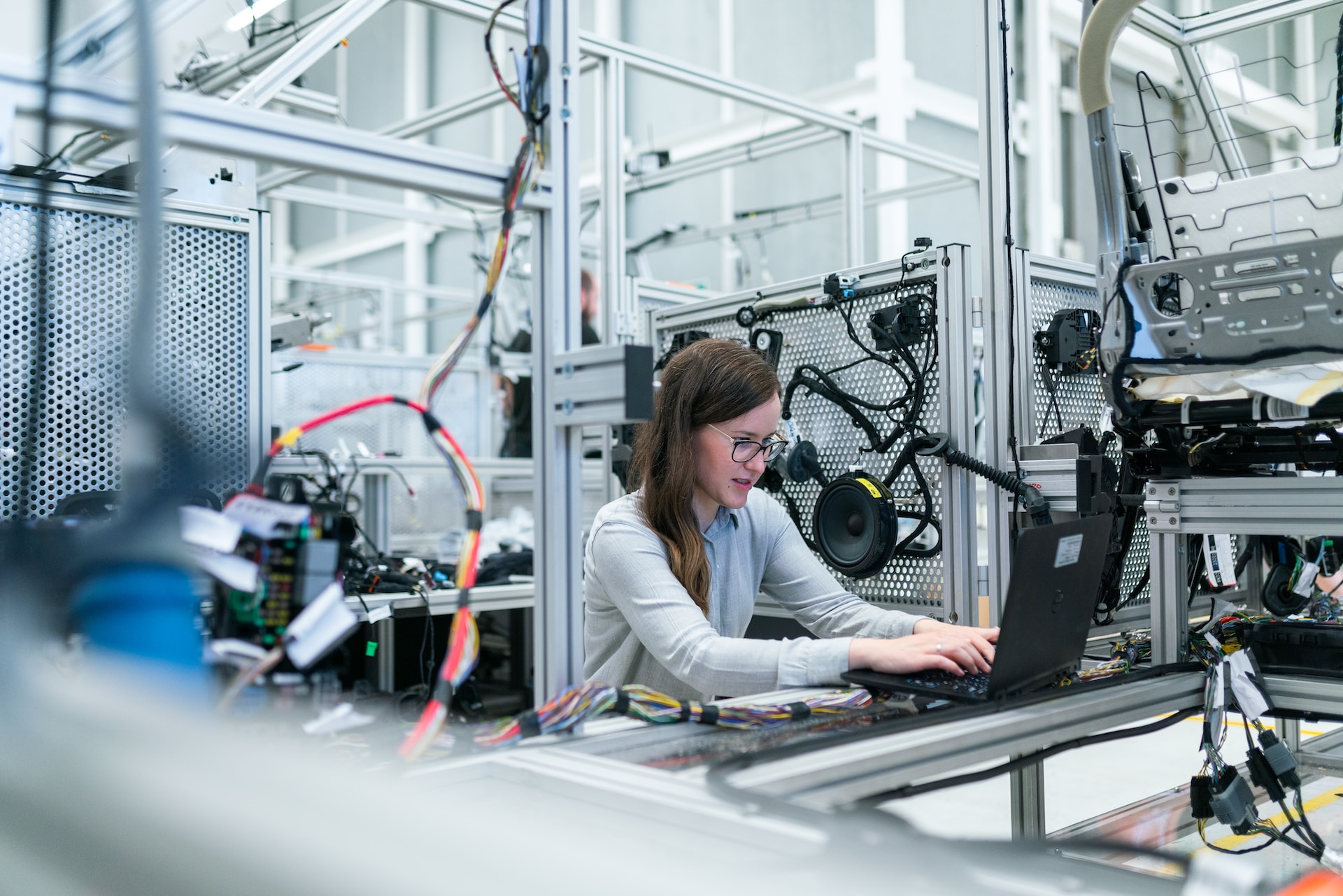Engineering is an ever-evolving field, with discoveries and technological advancements constantly being made. It affects almost every aspect of our lives – from the way we communicate to how we interact with devices, machines, and electronics daily.
In this blog post, we will be taking a closer look at the main technological advancements that have revolutionized engineering over the past decade or so. We’ll discuss cutting-edge technologies such as robotics, artificial intelligence (AI), virtual reality (VR), additive manufacturing, and much more. From real-life applications to their potential future implications in engineering, there are many exciting innovations happening today! Get ready for an interesting journey into this innovative world of technology – let’s dive deeper into it together!

Project Tracking, Invoice Creation, And More
Another significant technological advancement in engineering is the development of software systems for project management, project tracking, and invoice creation. The team behind factorapp.com says that these tools have transformed the way engineers and project managers operate, enabling them to monitor work progress in real time, streamline resources, improve task allocation, and enhance productivity. Invoicing software, in particular, has automatized the billing process, reducing errors, saving time, and ensuring more accurate and timely payments. These advancements not only simplify administrative tasks but also allow engineers to focus more on the technical aspects of their roles – designing, creating, and innovating.
Artificial Intelligence and Machine Learning
Artificial Intelligence (AI) and Machine Learning (ML) are two groundbreaking technologies shaping the future of engineering. AI, with its ability to mimic human intelligence, and ML, a subset of AI that enables machines to learn from data, have brought about a paradigm shift in problem-solving methodologies in engineering. They’re instrumental in predictive maintenance, where they can detect anomalies and predict machine failures, thus mitigating downtime.
AI and ML are integral to the development of autonomous vehicles and drones, enhancing navigational accuracy and safety. They also find application in civil engineering, helping in the design of optimized structures and efficient use of resources through data-driven insights. As AI and ML continue to evolve, they promise even more transformative applications in the field of engineering, leading us toward a future driven by smart and autonomous systems.
Automation and Robotics in Engineering
Automation and Robotics represent another massive leap forward in the field of engineering. By automating repetitive tasks and introducing precision robotics into manufacturing and maintenance processes, we have seen a significant increase in efficiency and accuracy in various engineering disciplines.
Robotics has facilitated the creation of high-level complex technological systems, ranging from automated assembly lines in factories to advanced surgical robots in the healthcare sector. Moreover, automation has enabled us to cut down on human errors and has reduced the need for manual labor in high-risk environments. As these fields continue to advance and integrate further with AI and ML technologies, the potential for growth and evolving applications is vast. The next wave of engineering innovation is likely to be heavily influenced by advancements in automation and robotics, shaping a future where machines work seamlessly alongside humans.
3D Printing and Additive Manufacturing
3D printing, also known as additive manufacturing, is revolutionizing the field of engineering. This process involves creating a physical object from a three-dimensional digital model, typically by laying down many thin layers of a material in succession. The potential applications of 3D printing are vast, from rapid prototyping and customization of parts to fabricating intricate structures that are impossible with traditional manufacturing methods.
In fields such as aerospace, automotive, and medical engineering, 3D printing allows for the production of lighter, stronger, and more complex components, contributing to enhanced efficiency and performance. The innovation also offers significant environmental benefits as it can enable more efficient use of materials and reduce waste. As the technology continues to evolve and mature, the potential for 3D printing in engineering is immense, promising to push the boundaries of what is possible in design and manufacturing.

Sustainable and Green Technologies
Sustainable and Green Technologies are increasingly prevalent in the engineering realm, with a focus on creating solutions that are not only efficient but also environmentally friendly. These technologies span various fields from renewable energy generation to eco-friendly construction materials and waste management. For instance, solar and wind power technology harnesses natural resources for energy production, reducing reliance on non-renewable energy sources.
Biomimicry in engineering, where designs are inspired by nature’s time-tested patterns and strategies, is also gaining traction. It aids in creating products and processes that are sustainable and efficient. Additionally, green technology finds considerable application in wastewater treatment and waste recycling, transforming waste into resources and lessening pollution. As the global consciousness shifts more towards sustainability, the role of green technologies in engineering becomes even more critical. It offers a promising pathway to address environmental challenges and paves the way for a more sustainable future.
Engineering has come a long way from its roots, and the continuous advancements in technology continue to shape and transform the field. From project management software to AI and ML, automation and robotics, 3D printing, and sustainable technologies – these innovations are driving progress in various disciplines of engineering. As we move forward, it’s exciting to think about what new developments and breakthroughs await us in the future and how they will shape our world for the better. The possibilities are limitless, and as engineers, we must continue to embrace and drive these technological advancements toward a brighter tomorrow.






1 Comment